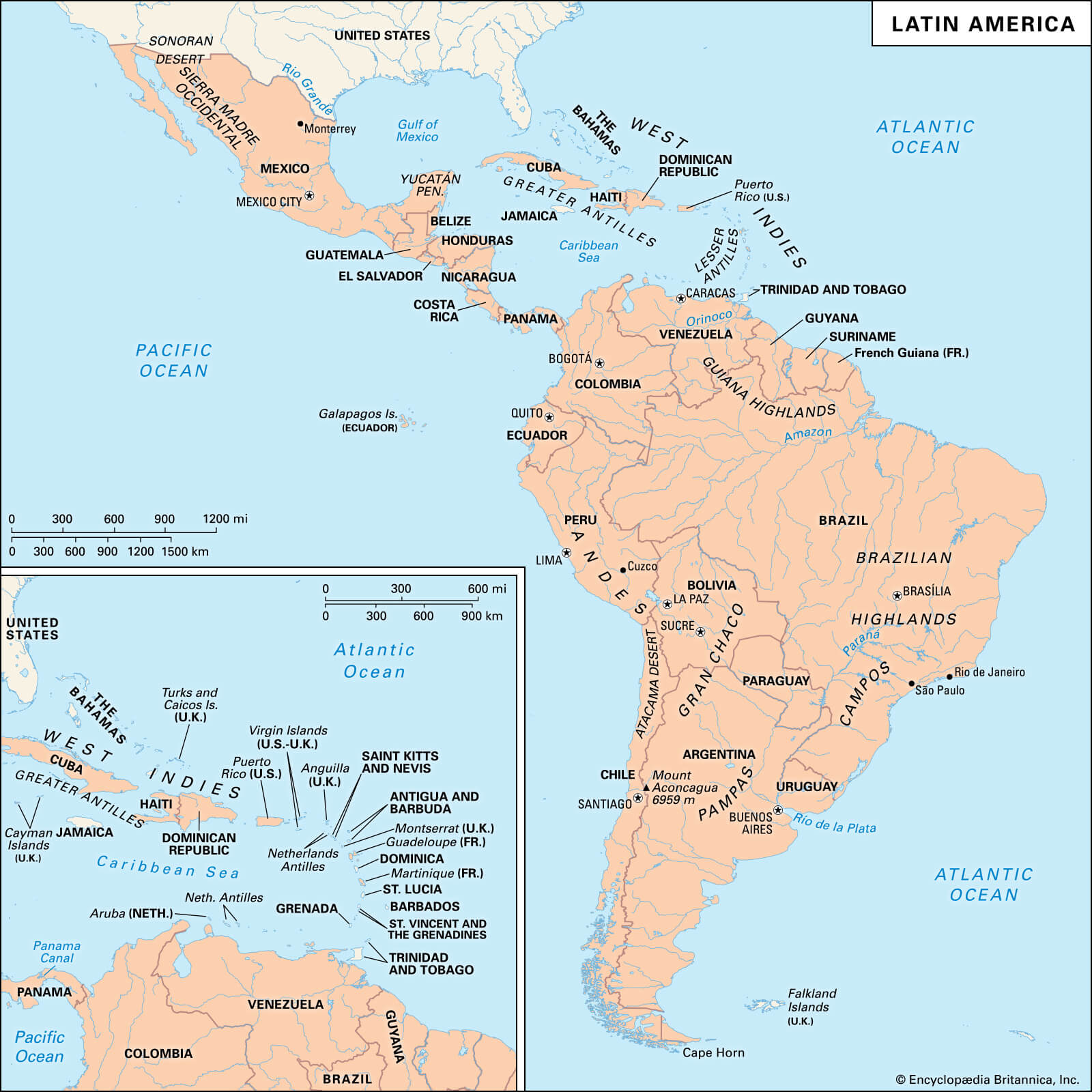Latin America is a cultural concept. It comprises Romance Language-speaking countries, from Panama all the way to the tip of South America. Thus, Spanish, Portuguese and French are the principal languages of communication. This is in itself an indicator that these countries were colonized by Spain, Portugal or France. This provides a rich history replete with struggles between the master and the ruled in the countries that now number over 20. In this history, therefore, let us briefly but intensely explore this interesting subject.
The Coming Of The Colonizers
The genesis of Latin American colonization is with the great sailor-explore Christopher Columbus who made four voyages between in 1492-1502 during which he went to the Caribbean and South America. Like Vasco da Gama, another great sailor-explore from Portugal, he was looking for a shorter sea route from Europe to India. Though he never succeeded in that, he accidentally came across South America and made Europe aware of the vast swathes of rich land. He stirred the interest of European settlement in the region. To them, this was the “New World” – pristine, uncharted, rich, and vast. Spain from where Columbus launched most of his trips, became the dominant power in Latin America
Colonial Administration In Latin America
It was intricately tied to the social class system in place whereby therefore the white people were the top administrators on all the sectors and the rest of the mixed races or natives held lower ranks.
Colonial Latin American Social Classes
Colonial Latin America applied a stratified social system. There were six social classes ranked from the top rich white colonial masters to the bottom class of poor mainly African. In between, there existed a mix of peoples of European, Indian and African descent. The classes are hereby surmised:
-Peninsulares. at the top of the Spanish American society.
-Creoles. a colonist who was born in Latin America to Spanish parents.
-Mestizos. people of mixed European and Indian society.
-Mulattos. people of mixed Africans and European ancestry and the enslaved Africans.
-Africans at the lowest level of the social ladder (six percent)
-Indians.
Effects Of Colonization Of Latin America
There was a mix of them but if you order essay like this they’d best be viewed in this manner:
-The region experienced a resurgence of native population due to the control of fatal diseases like measles and smallpox after a long period before of continuous decline.
-The emergence of the Mulatos, Mestizos people of mixed races who are still visible today.
-Spread of European culture and political, economic, judicial and education systems to Latin America and the subsequent decline of native systems. Hereby also, the Romance languages spread far and wide.
-Today, these nations are also referred to as “Latino” and “Hispanic” depending on the region. While the two are often used interchangeably, the term “Hispanic” has a narrow meaning which only refers to the persons of the Spanish-speaking ancestry or origin, while “Latino” is frequently used to refer to anyone of Latin American origin or ancestry, including Brazilians.
Conclusion
Eventually, in the 1800s, Latin America became free from the Iberian (Portuguese and Spanish) and French masters. A lasting legacy has been bequeathed the generations present and a rich study of social, economic and political systems.
